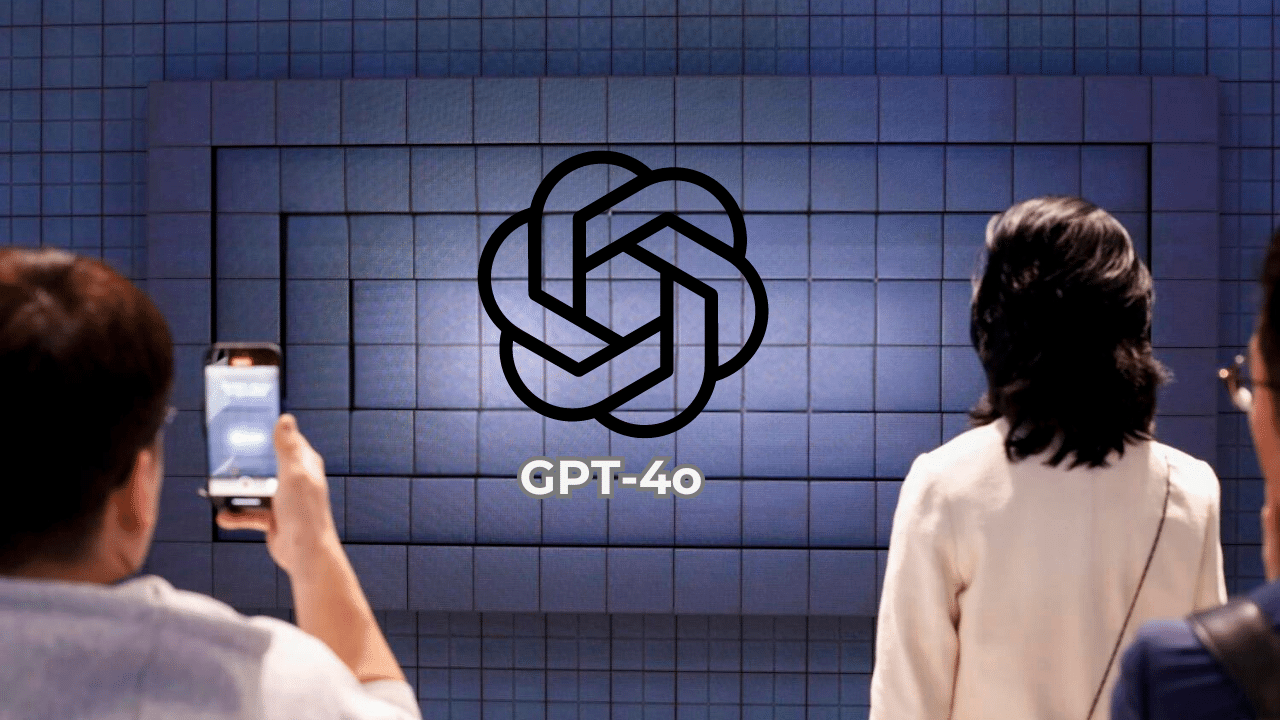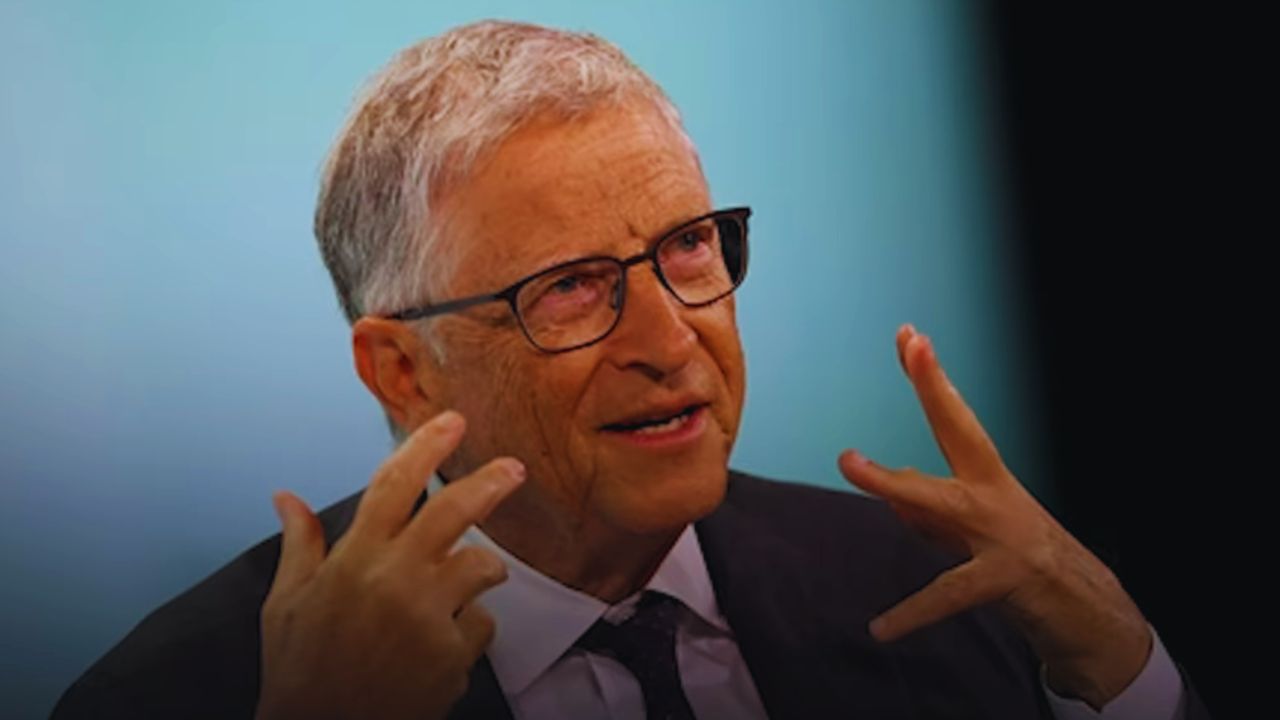OpenAI has introduced GPT-4o (“o” for “omni”), an advanced iteration of its GPT-4 model, which powers its flagship product, ChatGPT. This new model offers significant enhancements in speed and capabilities across text, vision, and audio. During a livestream announcement on Monday, OpenAI’s CTO, Mira Murati, highlighted that GPT-4o is “much faster” and offers improved functionality. Notably, GPT-4o will be available for free to all users, with paid users enjoying up to five times the capacity limits of free users.
Gradual Rollout of GPT-4o’s Features
OpenAI detailed in a blog post that GPT-4o’s capabilities will be introduced in stages. However, the rollout of its text and image functionalities begins today on ChatGPT. OpenAI CEO Sam Altman underscored that GPT-4o is “natively multimodal.” This means the model can generate content or comprehend commands in multiple formats, including voice, text, and images. According to Altman on X (formerly Twitter), developers interested in experimenting with GPT-4o will be able to access the API for half the price and twice the speed of GPT-4 Turbo.
Enhanced Voice Mode in ChatGPT
One of the standout features of GPT-4o is the enhancement of ChatGPT’s voice mode. With the new model, the app will function similarly to a sophisticated voice assistant, capable of responding in real-time and observing its surroundings. This marks a significant improvement from the current voice mode, which is limited to responding to one prompt at a time and can only process what it hears in the moment.
Say hello to GPT-4o, our new flagship model which can reason across audio, vision, and text in real time: https://t.co/MYHZB79UqN
Text and image input rolling out today in API and ChatGPT with voice and video in the coming weeks. pic.twitter.com/uuthKZyzYx
— OpenAI (@OpenAI) May 13, 2024
OpenAI’s Shift in Vision and Strategy
In a reflective blog post following the livestream event, Altman discussed OpenAI’s evolving vision and strategic direction. He acknowledged that the company’s initial goal was to “create all sorts of benefits for the world.” However, this vision has shifted over time. OpenAI has faced criticism for not open-sourcing its most advanced AI models, a decision that has been contentious within the tech community.
Altman indicated that OpenAI’s focus has now moved towards making these models available to developers through paid APIs, allowing third parties to innovate and create diverse applications that benefit a wider audience. “Instead, it now looks like we’ll create AI and then other people will use it to create all sorts of amazing things that we all benefit from,” Altman wrote.
Pre-Launch Speculations and Market Timing
In the days leading up to the GPT-4o announcement, there was rampant speculation about what OpenAI might reveal. Some reports suggested that OpenAI was set to announce an AI search engine to compete with giants like Google and newer entrants like Perplexity. Others speculated about the introduction of a voice assistant integrated into GPT-4 or the unveiling of a completely new and improved model, GPT-5.
The strategic timing of the GPT-4o launch, just ahead of Google I/O—Google’s premier annual developer conference—added an element of intrigue. At Google I/O, the tech giant is expected to unveil various new AI products from its Gemini team, setting the stage for a competitive showdown in the AI space.
The Broader Impact of GPT-4o
The introduction of GPT-4o signifies a major advancement in AI technology. By enhancing speed and multimodal capabilities, OpenAI aims to provide both developers and end-users with more powerful tools. The improvements in voice mode, for instance, could transform how users interact with AI, making it more intuitive and responsive.
This could have wide-ranging implications across various sectors, from customer service and virtual assistance to content creation and interactive entertainment.
Industry Reactions and Future Prospects
The launch of GPT-4o is expected to generate significant interest and discussion within the tech industry. Analysts and developers alike will be keen to explore the new capabilities and potential applications of the model. As OpenAI continues to innovate, it will be interesting to see how other major players in the AI space respond. Companies like Google, Microsoft, and Amazon have been heavily investing in AI research and development, and the competitive landscape is rapidly evolving.
OpenAI’s launch of GPT-4o represents a significant milestone in the development of artificial intelligence. With enhanced speed and multimodal capabilities, the new model is poised to revolutionize how users and developers interact with AI technology. As the features of GPT-4o are rolled out, it will be fascinating to observe the new applications and innovations that emerge from this powerful tool. OpenAI’s strategic shift towards empowering third-party developers through APIs underscores its commitment to fostering a diverse ecosystem of AI-driven solutions, promising exciting advancements for the future.








































